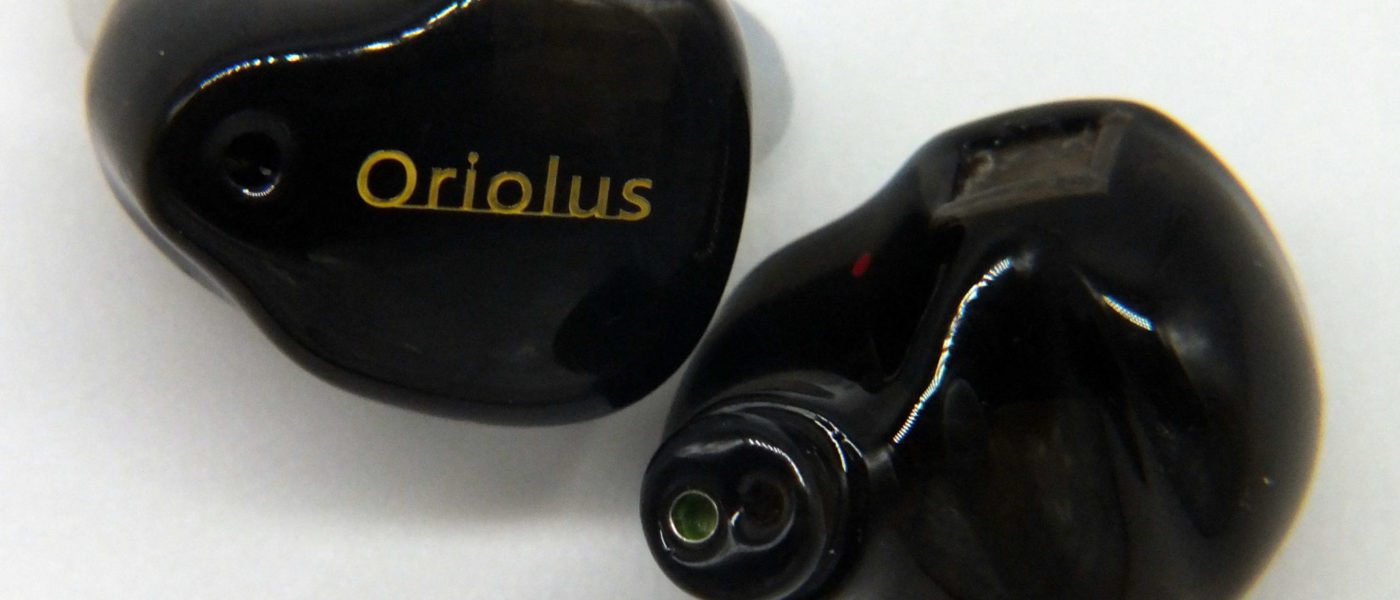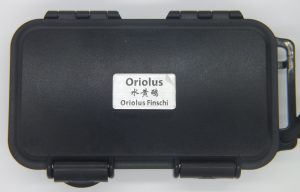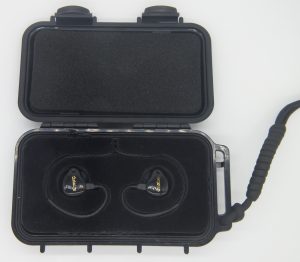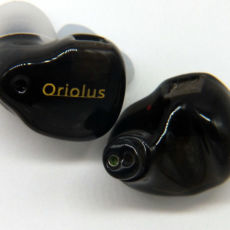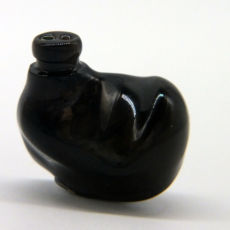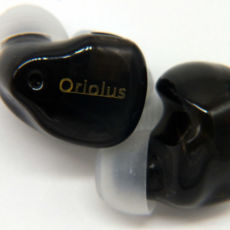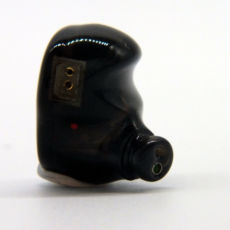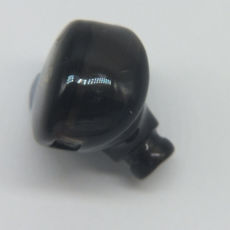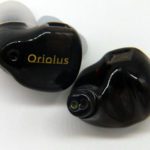QT – Oriolus Finschi
disclaimer: I borrowed the Oriolus Finschi from NGoshawk to combine with the BA300s and see how the little amp paired with an in-ear by the same outfit. If you don’t follow Lynn on facebook, you should. He writes a great blog that can be found here.
This review is a bit different as it omits the cable and tips sections as I used a 4.4mm terminated cable for testing rather than the provided cable. I also used my own selection of tips since I had borrowed the iem and didn’t want to use the supplied tips (common courtesy and hygiene you know).
Oriolus is a Japanese company that makes mostly portable audio equipment. The company name comes from French and is refers to the Song of a bird. Likewise the Finschi is a small oriole native to Australia and New Zealand. So, does this bird sing or squawk?
Unboxing / Packaging:
The Finschi comes extremely well packed in a black book fold box with a slipcover over the exterior. On the front of the slipcover is a large photo with the name and model, specs are on the reverse and the side has a pair of QR codes with the designers image in the center. The left one is a Baidu link while the right takes you to Weibo. Admittedly my Chinese skills are basically non-existent so beyond that, I am not much help. Inside the box, the earpieces and cable are packed into a waterproof travel case, with the warranty card, manual, and tips in a compartment beneath the case. The full retail kit includes 3 sizes of Silicone tips and 3 sizes of foam tips, 1 set of double-flange tips, and a shirt clip along with the previously mentioned case.
Build/Fit:
Shells on the Finschi are semi-transparent acrylic or plastic material, but are well-constructed and polished with no obvious seams or gaps. Size is medium and somewhat teardrop shaped. The size and polish, combined with the ergonomic shape, allow the Finschi to sit comfortably in the ear with little pressure applied to any single point. Nozzles exit the lead edge of the shells with little rake or cant and unlike many in its price class, the nozzles are an extension of the shell itself and not a metal add-on. Nozzles have 2 sound bores, one lined with a tube and the other not. A pronounced lip holds tips firmly in place. A single vent sits immediately opposite the nozzle on the exterior of the shell. Connectors are recessed bi-pins of .78mm type. The recess allows for more support of the connection, but limits choices of after market cables as many simply will not fit the recess in the shell as the housings are too large even though the pins would fit were the connector on the surface of the shell. The Right shell has a red dot in front of the connector for identification purposes and the supplied cable has a matching dot as well.
Internals:
The Finschi is a hybrid using a 10mm dynamic driver for lows and mids and a Knowles made Balanced armature (30095?) for the upper ranges. Nominal impedance is listed as 18Ω with a sensitivity of 112dB/mW. This suggests the Finschi would be fairly easy to drive and while it was usable from a phone or I-pad, it definitely benefits from a bit more power and is harder to drive than the specs might suggest.
Sound:
Bass:
Sub-bass has good depth and quantity with better rumble than expected if not a ton of texture to it. As you move from the sub-bass into the mid-bass region, the bass steps back, gets tighter with better texture, and falls more into line with the rest of the signature. The Sub-bass is definitely featured but not dominant here. As you move up through the mid-bass toward the mids, the level flattens out and plateaus at roughly the same level through the mids and lower treble. Attack is faster than decay leaving a bit of lingering warmth that really defines the Finschi’s overall signature. Some mid-bass bleed is present but not overwhelming and while the Finschi has a more forward bass than I prefer ,it is well controlled and well textured.
Mids:
It is hard to call the Finschi mid-centric with the obvious emphasis on sub-bass, but the mids are its most recognizable feature. Tonality of the mids is quite good and textures are well presented giving vocals a natural timbre. Detail is good and the mid bass provided warmth gives lower-mids a little extra thickness that makes them sound lush. Unlike a lot of models in this price range, the mids do not rise to meet the lower treble, but instead stay fairly level until well into the treble range. This makes the transition from upper-mid to lower treble nearly impossible to identify and gives female vocals that sit in that range a more natural and airy tone as there is no obvious handoff between drivers in the middle to mess things up. If the bass is a bit too forward for my liking, the mids are not, these are well done and redeem the Finischi for me.
Treble:
If I have to pick a single word to define the Finschi’s treble it would be smooth. No big spikes or dips, just a nice polite mild treble. Extension is not as good here as it is at the bottom end, with pronounced roll-off starting at 11kHz (by ear, I know the graph shows it a bit lower). Air is good, but sparkle is a bit limited as a result. Cymbals don’t sound metallic which is good, but could be a touch more realistic with better extension and snare lacks that last bit of crispness a strike needs to really be believable. Detail within the treble is on par with the best in its class price wise and I have no complaints there.
Soundstage / Imaging:
I always lump stage and imaging together because I feel they are closely tied together and that good stage without good imaging and layering is not possible. Oddly, the Finschi proves that having good imaging and layering does not automatically confer a great stage on an iem. I found imaging on the Finschi to be as good as anything in its class with good instrument separation and seating the orchestra in ones mind placed nearly everything precisely where it belongs. Layering also had things well separated with no blurring between. Soundstage on the other hand, was modest and not as large as some others in the class. I think the sub-bass with its prominence in the signature actually detracts as it is impossible to assign directional cues to it and makes the stage seem smaller as a result.
Comparisons:
Brainwavz B400– Finschi is more open at the top end, with better low end thump, but quite obviously more of a W shape than a true neutral. Overall the Finschi is the more lyrical and fun of the two, while the B400 is more linear and controlled.
IBasso IT01- These two are separated by a matter of degrees. Both have big sub-bass but the IT01 is more pronounced and mid-bass is further forward than the Finschi presentation. Vocals presentation is better on the Finschi as the IT01 sounds a bit thin by comparison. The Stage is larger on the IT01, but imaging is a bit better on the Finschi.
Campfire Comet- Again a matter of similar signatures with differences by degree. Both are slightly warm and have good tonality, but differ in the particulars. The Comet has a much less impactful low end with the Finschi having better sub-bass depth and considerably more rumble. The Comet punches back with being faster and better controlled with a bit more detail in the mids and slightly more forward vocals than the Finschi. At the upper end, the Finschi is a bit more evenly tuned while Comet has a few jagged edges. Stage size goes to the Finschi while imaging and layering is too close to call.
Moondrop Kanas Pro – Another tough battle for sure here. The KP has a polished metal shell that many like, but the Finschi shows equal levels of polish and overall finish. Sound-wise, the Finschi has more bass depth, but the KP has better control and is faster in both attack and decay than the Finschi. The KP is truly more mid-centric with more emphasis placed on the mids and a bit more forward vocals as a result. Treble is slightly smoother on the Finschi, but slightly more lively and airy on the KP. Stage goes to the KP as being larger and more symmetrical than that of the Finschi, but the layering on the Finschi is a bit better.
Thoughts / Conclusion:
The Oriolus Finschi sits at a very competitive spot in the market, the $150-200 range is one almost every vendor wants to compete in, and as such, users have a lot of options to pick from. The Finschi offers better sub-bass than most, with a nearly linear signature above that, and better detail than average the for the class. Imaging is better than average, but stage is not as big as some in the class. Those who like a bit of extra bass in a warm signature with good vocal presence and a polite treble will find a lot to like in the Finschi. If you liked the Campfire Comet but wished for a bit more bass depth, the Finschi is definitely one to look into.
-
Bass - 7/107/10
-
Mids - 7/107/10
-
Treble - 7/107/10
-
Soundstage - 6/106/10
-
Imaging - 7/107/10
Summary
Pros: Good Kit, build quality, good bass extension, clarity and detail.
Cons: bass heavy and a bit loose at times, recessed bi-pin limits 3rd party cable selection.

